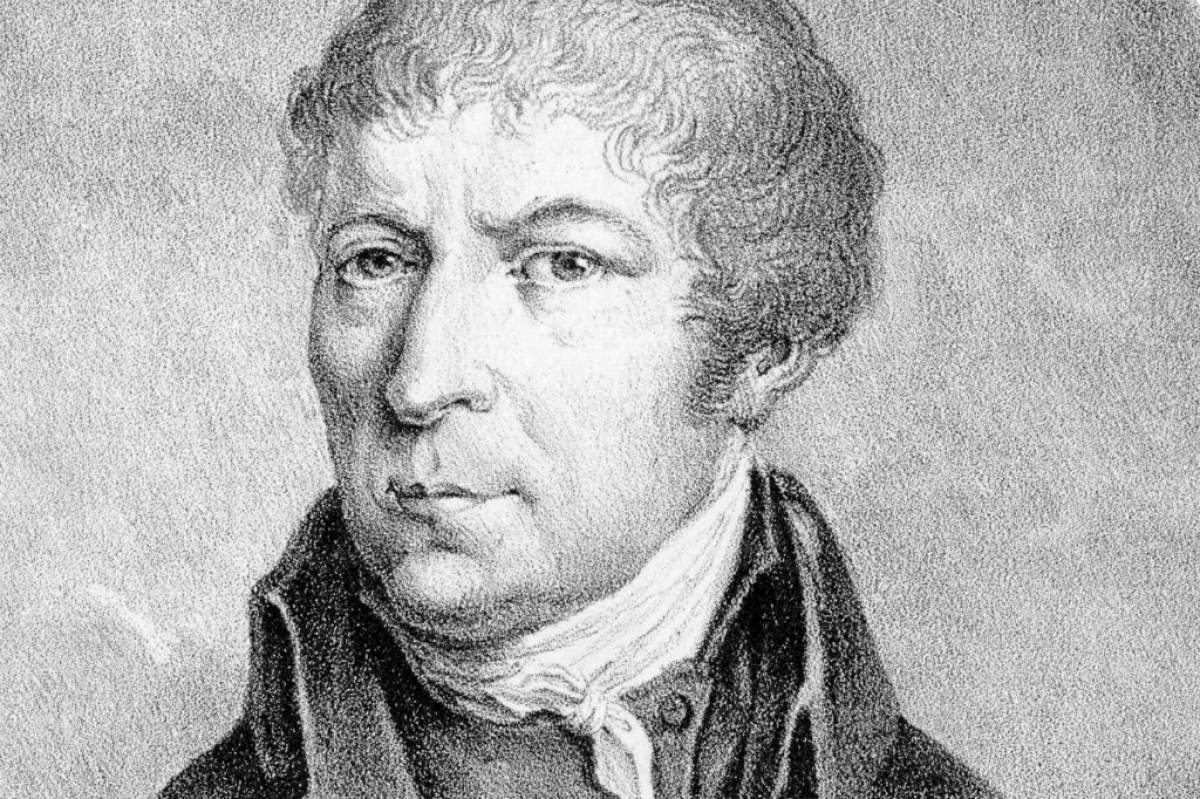
Fortepianist Els Biesemans and violinist Meret Lüthi play music by the neglected but commendable Classical composer, Johann Franz Xaver Sterkel in a world premiere recording on the Ramee label. Sterkel's Sonatas for Fortepiano and Violin are presented along with a couple of solo keyboard works. The CD was released late in 2017 for the 200th anniversary of Sterkel's death.
Haydn, Mozart, Beeethoven ... and Sterkel
Born in 1750, Sterkel was a contemporary of the giants of Viennese Classicism—Haydn, Mozart and Beethoven. Sterkel, by contrast, is today, pretty well unknown. During his own time, however, his music was very popular. His symphonies, in particular, were frequently performed at the Concert Spirituel in the late 1770’s, to much acclaim. Sterkel’s symphonies were even heard across the ocean in America. Two of his op. 35 symphonies were performed upwards of 10 times in Pennsylvania between 1797 and 1804.
Mozart heard Sterkel perform in person in 1777 during a visit in Mannheim, and Beethoven met him in 1791, when Sterkel played one of his sonatas for fortepiano with violin. Beethoven later wrote Eight variations for piano on a theme by Sterkel, and another famous composer, Muzio Clementi included a Preludio alla Sterkel in his Op. 19 Musical Characteristics. Sterkel himself, wrote, all in all, more than 700 works, including 400 songs that predate Schubert in the genre of the German Lied.
Early Life and Career
Much of Sterkel’s voluminous output was even published during his lifetime, and yet, his path towards a career in music proved difficult. As a child, he was beaten by his stepfather for his musical endeavors, but Sterkel persisted. And, when he began to gain recognition in high class circles for his playing, his stepfather began to come around.
Sterkel worked for the majority of his life at the court of Mainz, in that German city along the Rhine. In addition to composing, Sterkel was also a church organist, a concert pianist, a singing teacher, concert organizer, and a priest.
Works for Fortepiano and Violin
The op. 25 sonatas for piano and violin are among some of his earlier works published in 1786. Sometimes, in this genre of sonatas for keyboard instrument with violin accompaniment, the violin part is significantly less virtuosic than its keyboard counterpart. But Sterkel’s writing tends to be more equal between the two instruments.
Beisemans plays two solo works on the fortepiano on this recording, an op. 45 Fantasie published in 1817, the year that Sterkel died, as well as a short Romance from his op 24 collection published in 1785. The title of the Op 24 collection indicates that the pieces could be played on either harpsichord or fortepiano, although the fortepiano was quickly gaining popularity over the harpsichord at this time.
The other publication represented on this recording is Sterkel’s op. 33 set of Six Sonatas, again for piano and violin, published in 1792.
Industrious, Devoted, Benevolent, Obliging
When Sterkel died in 1817, the writer of his obituary wrote that, "Many will be forever grateful to Sterkel for the honourable, industrious composer, the thorough, devoted music teacher, and the honest, benevolent, unassuming and obliging man he always was."
Today’s listeners can be grateful too, that, Biesemans and Lüthi are working to bring Sterkel out of his modern day oblivion.









